A Wining Cost Estimate
That Helps You To Win More Plumbing Construction Projects
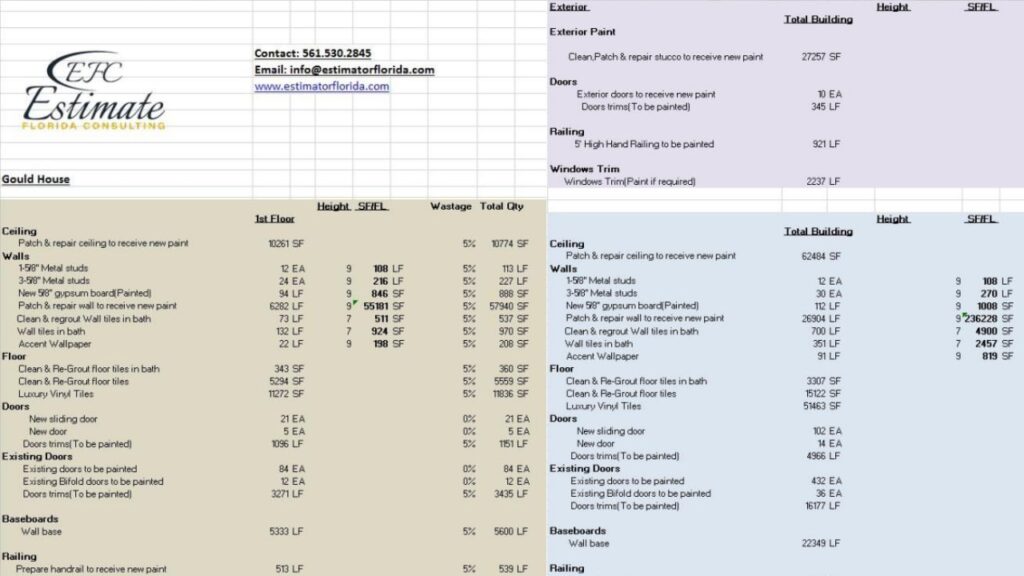
To estimate the price of plumbing rough-in for multi-unit residential developments with factors to consider, turn your attention to building specifications and layouts, type and size of pipes, fixture locations and types, local regulatory requirements, and labor costs. Each of these sub-sections presents unique challenges that impact the overall estimate of the plumbing rough-in.
When constructing multi-unit residential buildings, the plumbing rough-in process is hugely impacted by the building’s configurations and arrangements. Therefore, it is essential to consider all applicable factors. Below is an illustration of the configurations and layouts, along with their unique characteristics, challenges, and requirements.
Tall structures with multiple stories and minimal space for plumbing systems. Challenges include limited access to pipes on upper floors, resulting in weak water pressure. Pipes need to be securely connected for proper water supply.
Low-rise buildings situated close to each other in a graded open space or garden area. Limited space makes underground pipe installation difficult, leaving overhead or upper-level piping as the only options.

Every listed configuration has its own quirks that need careful consideration. For instance, in tower buildings, if not properly connected, the limited installation space could cause weak water pressure. Meanwhile, garden-style apartments have challenges when it comes to underground pipe installation due to lack of space.
As such, builders should be advised when plumbing rough-ins for multi-residential properties. Suggestions include using durable, low maintenance pipes like composite plastic or copper. Additionally, effective planning before installing pipes will reduce mistakes. Lastly, professional plumbers can help guarantee proper installation and compliance with plumbing codes.

When planning a multi-unit residential building’s plumbing rough-in, the right type and size of pipes is important. It promises good performance and long-term use, plus an efficient water flow rate. To decide which pipe is suitable, things like water pressure, material preference, and local building codes should be considered. The table below has accurate data on various pipes used:
Pipe Material | Size (inches) | Usage |
|---|---|---|
Copper | 1/2 – 2 | Potable Water Supply Repair |
PVC | 1/2 – 4 | Waste Drainage |
PEX | 1/4 – 2 | Hot & Cold Water Supply |
Galvanized steel pipes aren’t a good option. They rust and cause debris buildup, affecting the water quality.
It’s important to coordinate with engineers and general contractors when designing the system. This is to avoid any conflicts or delays during construction.
The EPA says 10% of homes have leaks that waste over ninety gallons of water per day. It’s essential to check all fixtures before occupancy to avoid water wastage. Choosing the right fixture locations and types is like playing Tetris, but with much bigger consequences.
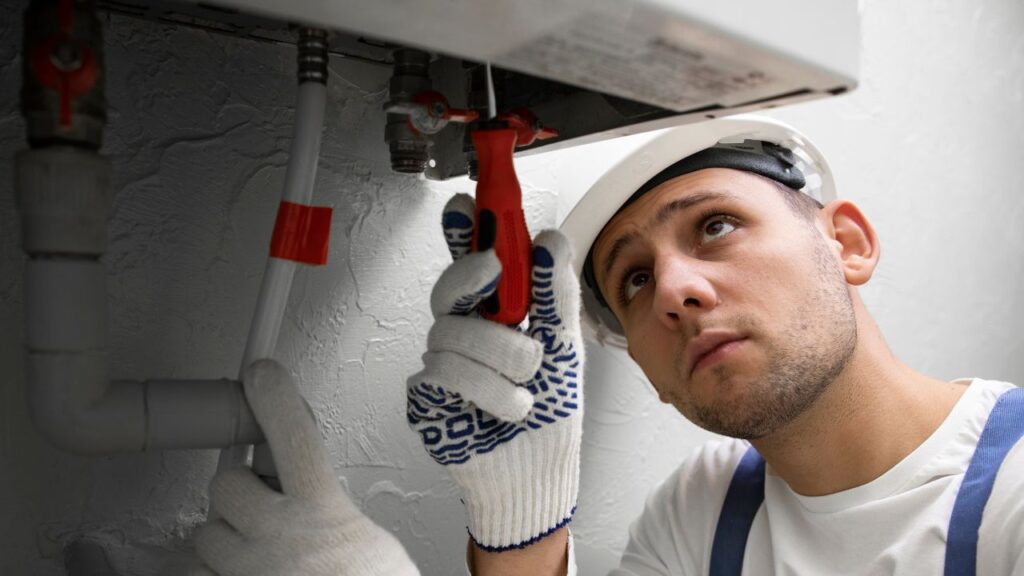
When planning a plumbing rough-in for multi-unit residential developments, it’s essential to consider Fixture Locations and Types. Considerations differ for each area of the building.
Here is a table with important aspects to keep in mind when selecting fixture locations and types:
Location | Fixture Type | Additional Considerations |
|---|---|---|
Bathrooms | Showerhead, Toilet, Sink/Faucet | ADA-compliant design, Water-saving features |
Kitchens | Sink/Faucet, Dishwasher hookup if needed | Space constraints, Local codes and regulations |
Laundry Rooms | Washer hookup/drainage system | Capacity requirements for multiple units |
Some areas may have unique requirements. Common areas such as hallways or outdoor recreational spaces might need special bathroom facilities.
For successful plumbing, work with a professional plumber familiar with multi-unit residential developments. Consider local regulations and codes when choosing fixture locations and types. Check regulations twice to avoid legal issues.
We help contractors find new customers with high-converting websites and locally targeted niche-specific lead-generation programs. You’ll never need to worry about running out of work again! We focus on quality over quantity with our leads for contractors.
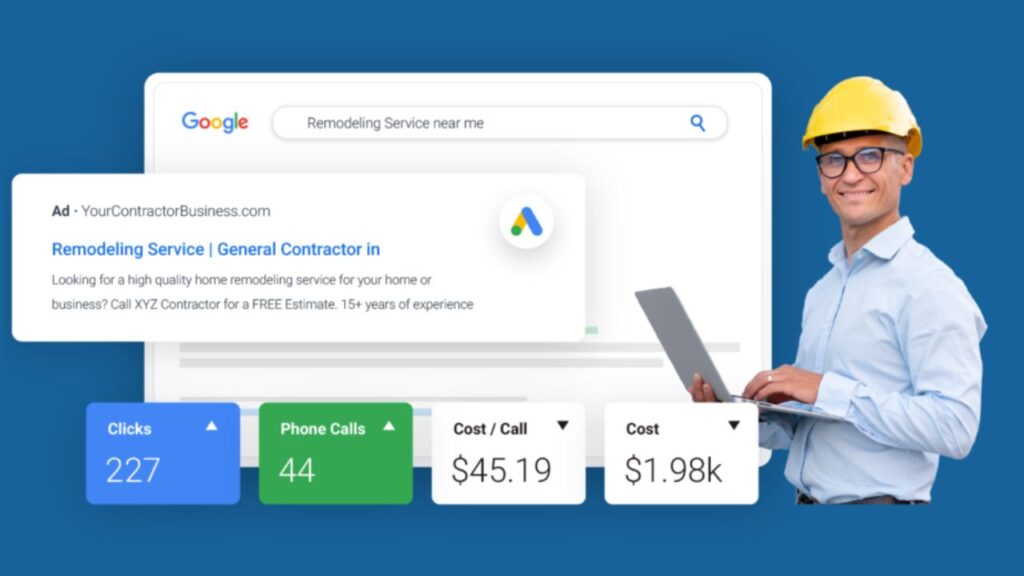
Local regulations play a vital role in plumbing rough-ins for multi-unit residential developments. Adhering to local rules is essential for the safety and longevity of the plumbing system.
The developer must create a table to show local regulatory requirements. This will help them understand which permits, inspections, and codes they need to obey. For instance, NYC developers must obtain plumbing permits from the Department of Buildings and comply with the Plumbing Code.
It’s important to note that regulations may vary per region and building type. Developers should also take into account requirements for fire sprinklers, backflow prevention devices, and water meter installations.
Failing to follow local regulations can lead to legal consequences and property damage. Therefore, regulatory compliance must be prioritized during plumbing rough-in. Adhering to codes can result in future cost savings and protect public safety.
In conclusion, considering local regulatory requirements during the planning stages can make construction smoother and help achieve sustainable results.
When hiring workers for plumbing jobs in the rough-in phase, builders need to consider the expenses. The costs may vary based on the project scope, number of units and skill levels. Knowing the costs accurately can make a difference between profitability and exceeding budgets.
To lower labor costs, experienced workers with expertise in the industry are preferred. Factors like worker experience with specific materials/systems and safety must also be considered to avoid inefficiencies or rework which can add to expenses.
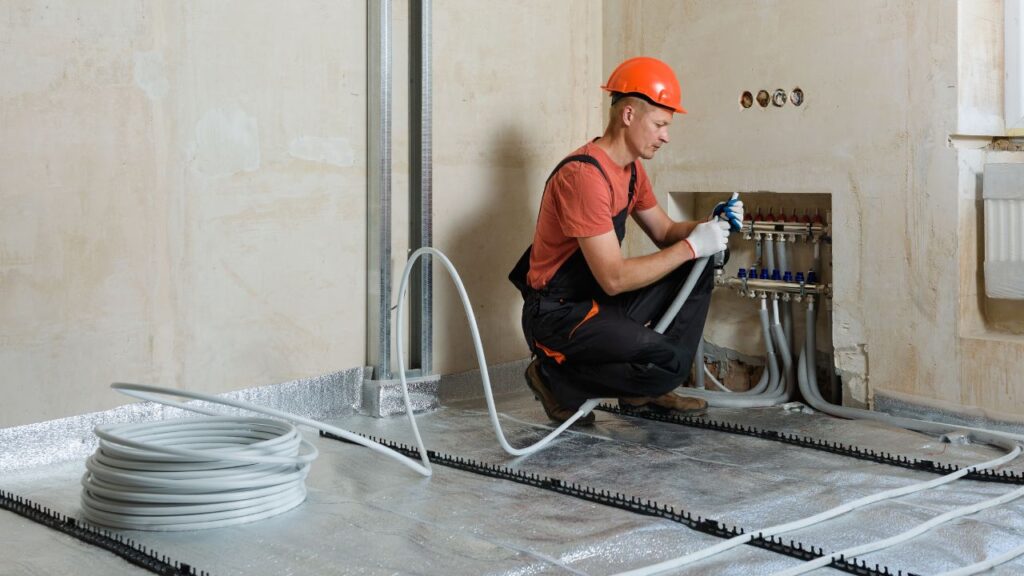
Worker safety is key to minimizing unexpected costs due to accidents. This includes training sessions following regulations, along with needed tools and protective gear.
Pro Tip: Investing in worker experience and safety early on saves funds during the rest of the build process.
To estimate the price of plumbing rough-in for multi-unit residential developments, you need to calculate the material costs effectively for each plumbing component. In this section, we will walk you through the process of estimating the material cost for plumbing rough-in by examining pipes and fittings, valves and connectors, water heaters and tanks, drainage systems, and other plumbing components. Let’s dive into each sub-section to learn more.
For multi-unit residential developments, plumbing rough-in components are essential for cost control. High-quality pipes and fittings are important for system longevity and efficiency.
Creating a table with columns for each component – such as copper or PVC pipes, couplings, elbows, and valves – and then sourcing vendors’ prices is a great way to assess material costs.
Strength, durability, flexibility, thermal conductivity, and noise reduction are key factors for consideration. Permits and certifications might also be required.
Through history, pipe materials have changed. Ancient Romans used lead pipes, then clay in medieval times for health reasons. Then came copper and plastic pipes, which are widely used now.
Pipe and fitting selection must be carefully considered for successful plumbing rough-in and cost estimation in multi-unit residential developments. And never forget: even the smallest leak can cause big headaches – not just in the plumbing.

For multi-unit residential developments, valves and connectors are essential for plumbing rough-in. This table shows the components used, their description and unit price. It helps estimate material costs.
Component | Description | Unit Price |
|---|---|---|
Angle Stop Valve | Control valve for sinks and toilets | $3-$10 |
Gate Valve | Large control valve for building’s main inlet | $15-$50 |
Check Valve | Prevents backflow and regulates water pressure | $10-$15 |
Ball Valve | Quarter-turn handle for water supply control | $5-$20 |
PEX Connectors | Connect PEX pipes to fixtures | $1-$5 |
Compression Couplings | Connect pipes of different materials | $2-$8 |
Design, location, accessibility and supplier agreements must also be taken into account when estimating material costs. Reviews from architects, builders, plumbers and suppliers are essential. Bulk purchase deals can save costs without compromising on quality. Labeling pipes and fixtures helps avoid confusion during installation or repair works. Hot water is a luxury, unless you’re a plumber installing water heaters and tanks.
When doing plumbing rough-in for multi-unit residential developments, estimating costs of the water heaters and tanks is essential. A table can help – here’s a breakdown of material costs for different types and sizes:
Type/Size | Cost Range |
|---|---|
Electric 40 gallons | $500-$700 |
Electric 50 gallons | $600-$800 |
Gas 30 gallons | $500-$600 |
Gas 40 gallons | $600-$700 |
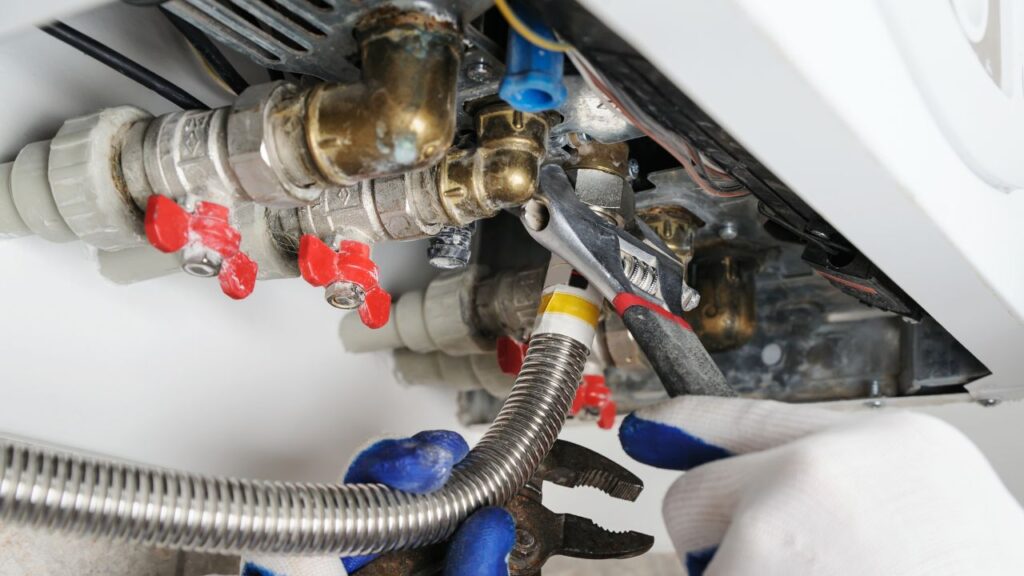
However, costs may vary depending on location, supplier, and installation requirements. Factors such as insulation, energy efficiency ratings, ventilation needs, and maintenance must also be taken into account. Investing in high-efficiency models or tankless options can save money in the long run. A licensed plumber can provide professional advice on the best option. So, follow the flow of the pipes and you’ll be sure to get the successful plumbing rough-in you need!
Water and waste removal is a must for many residential building constructions. Optimizing drainage systems helps to have efficient and affordable plumbing rough-ins.
The following table shows the material costs of the various components needed for an effective drainage system.
Component | Quantity | Cost per unit ($) |
|---|---|---|
PVC pipes | 400 feet | 2.50 |
PVC fittings | 25 pieces | 3.00 |
Drain traps | 20 pieces | 5.00 |
Cleanout plugs | 10 pieces | 1.50 |
Vent pipes | 40 feet | 3.00 |
Switching valves | 5 pieces | 4.50 |
It’s important to remember that this table only shows material costs, not labor expenses, which are also essential for calculating plumbing rough-in costs.
Not only are proper drainage systems essential for safety and comfort, but inadequate planning can cause serious issues like water damage, mold growth, or even legal issues.
A past project saw poor planning cause incorrect drain slope angles, leading to multiple leaks and extensive property damage – something that could have been avoided with better preparation.
By following good practices and estimating all material costs for efficient drainage systems, developers can maximize profitability while still providing high-quality standards for future occupants’ health and wellbeing.
Who needs a superhero when you have a trustworthy plumbing system? Other plumbing components may not save the world, but they sure make life better.
Discussion about estimating material costs for plumbing rough-in of multi-unit residential developments calls for considering other important aspects of plumbing. Such as:
These components vary based on size, type, location, use, construction type, building requirements. Notably, labor costs can account for over 50% of total installation costs according to Plumbing Engineer Magazine. So, save time & money by hiring a professional plumber to estimate labor costs for plumbing rough-in.
To estimate labor costs for plumbing rough-in for multi-unit residential developments, you need to be aware of a few things. Types of plumbing professionals needed, hours required for the job, and outlining labor costs are the solutions. These sub-sections will break down each aspect for you.
Plumbing staff requirements for multi-unit residential developments are vital! A mix of plumbing experts must be present for smooth and successful work.
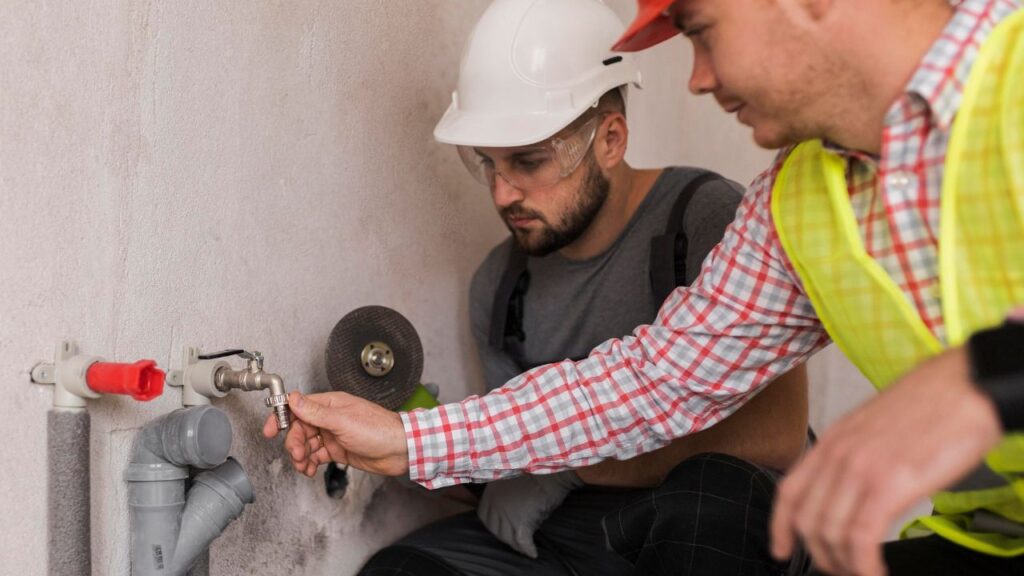
These professionals are necessary for each step of the plumbing rough-in process. Depending on the project, other experts may also be involved.
Recently, an apprentice on a multi-unit residential development project did not insulate pipes. This led to a lot of heat loss and higher energy costs. To avoid this, the right pros must be there at every stage of construction. Hours for this plumbing job are longer than the Line of Duty series!
To estimate the hours needed for plumbing rough-in in multi-unit residential developments, various factors must be taken into account. This includes project size, complexity, and location. This helps determine labor cost and the hours needed for the job.
We’ve created a table that outlines typical labor requirements for different project sizes and complexities. It includes Project Size, Complexity Level, Estimated Labor Hours Required, and Total Cost. This will help developers and contractors make informed decisions.
Every project has unique considerations when it comes to labor estimates, so always factor in site-specific variables like access routes, building materials, etc. Collaboration between developers and contractors is essential for accurate labor estimates and successful completion of all construction phases.
Productivity rates can be improved when estimating labor costs. This could be done by creating effective work procedures or using technology like drones or mobile apps to optimize workflow and reduce costs.
Maximize your plumbing construction business’s potential with our competitive financing options

Calculating labor costs of plumbing rough-in for multi-unit residential developments requires careful thought. Many factors must be taken into account to get an accurate estimate. Here are some of the main points to consider:
Having an accurate labor cost outline is essential for multi-unit residential success. Expert help should be sought as many underestimate rough-in work hours and neglect to plan for contingencies.
To avoid making the same errors as others, look back at previous projects and learn from their mistakes. This can help you make better decisions for future success. Don’t be fooled – plumbing rough-in estimates are not easy!
To accurately estimate the price of plumbing rough-in for multi-unit residential developments, you need to follow a few tips. Regular price checking, understanding the project scope, creating a budget worksheet, keeping track of costs and accounting for unforeseen circumstances can help you to make the estimate process much smoother.
It’s essential to do consistent Price Comparison and Analysis to estimate Plumbing Rough-In for Multi-Unit Residential Developments accurately. Set up a schedule to check supplies from different suppliers. Update pricing records. See market trends, such as new technologies and materials, that may affect pricing. Assess alternative options, such as bulk orders or second-hand items, to minimize costs. Compare prices against industry standards and benchmarks. Also, review past projects to get budget-saving tips.
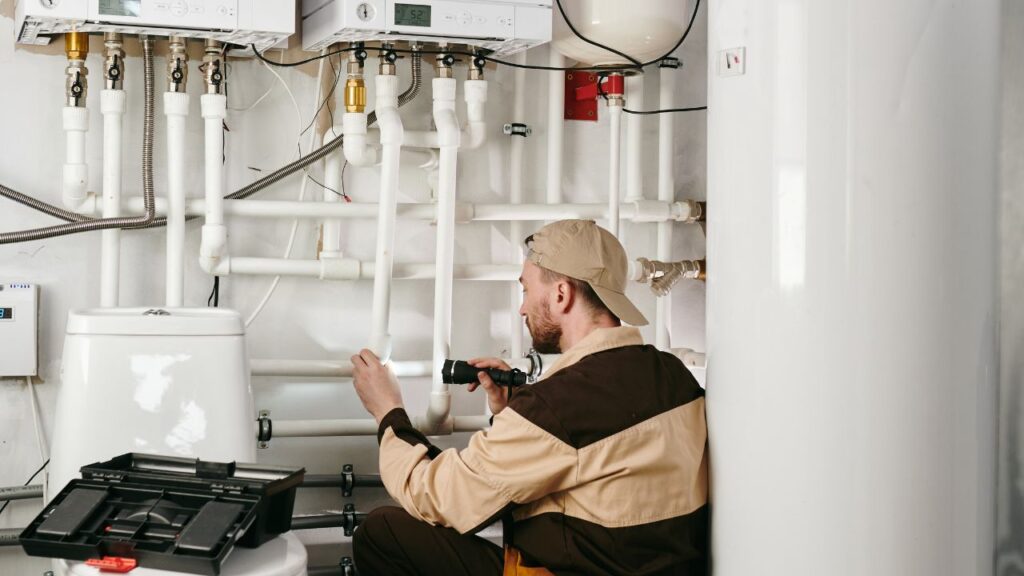
Collaborate with reputable professionals when selecting subcontractors and negotiators. They can provide knowledge, expertise, and financial savvy during the bidding process.
Pro Tip: Invest in computer software to automatically update material costs. Therefore, you can focus on other vital tasks.
To get an accurate plumbing rough-in price estimate for multi-unit developments, it is key to know the project scope. This includes the number of units, types, and building specs such as plans and mech requirements.
It’s important to factor in all elements that could affect the cost. This includes building config, site conditions, water supply lines, drainage systems and local code rules. Proper planning and talking with stakeholders can make sure all needs are met within budget limits.
To keep away from unexpected costs during construction, it is advised to get a qualified plumbing contractor involved during the early stages. This guarantees precise pricing based on detailed info about materials and labor needed for particular scopes of work.
Apart from involving a qualified contractor early on, standardizing plumbing designs can help reduce costs. This is because bulk ordering of materials is made possible and customization for various layouts is lessened. Prefabricated components also cut down installation time and labor costs.
To accurately estimate plumbing rough-in for multi-unit residential developments, understand the project scope fully. Involve a professional contractor during planning stages and use standardized designs wherever feasible. These measures will help provide a precise estimate.

Creating a comprehensive budget worksheet is essential for accurately estimating plumbing rough-in cost for multi-unit residential developments. To ensure all factors are taken into account, here’s a 6-step guide:
Bear in mind: supply chain disruptions or delays affect material prices. Building codes and permitting processes can also result in extra expenses. A contractor once made the mistake of not reviewing plans beforehand and underestimated pipe-sizing and water pressure boosting requirements, resulting in project delays and extra unplanned expenses. Budgeting worksheets help avoid such risks. Tracking expenses is tricky – that’s why budgeting worksheets are so important.
Managing plumbing costs is essential when it comes to multi-unit residential developments. To optimize the budget and calculate expected expenses, it is important to keep accurate records. Here are three points to consider:
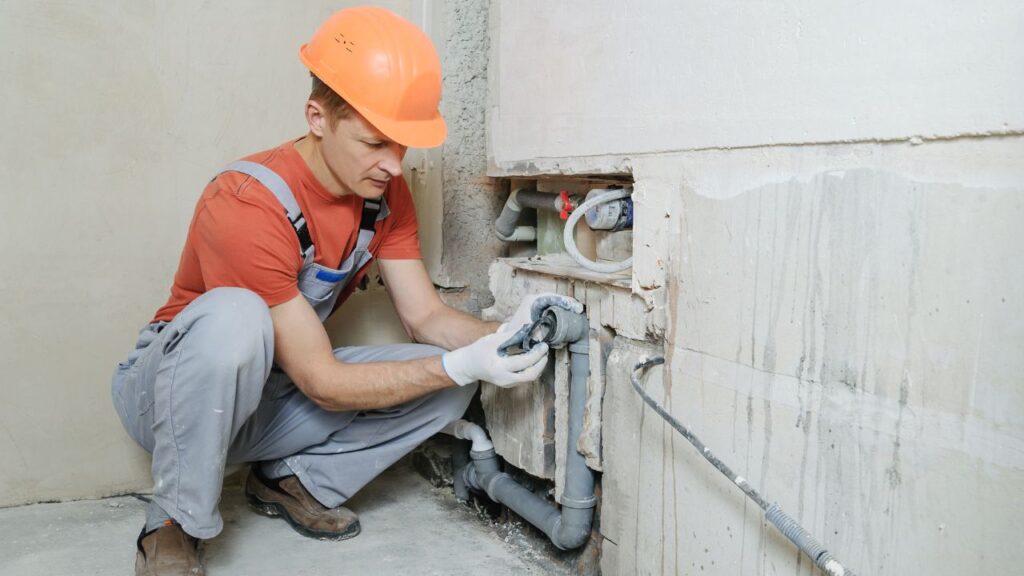
When estimating costs, precise planning, consideration and flexibility are needed. Keep track of progress to help with future investments. Professional plumbers can be consulted for a precise estimation. Unforeseen circumstances in plumbing should be expected – water doesn’t just flow uphill!
Text:
Rough-in costs for multi-unit residential developments can vary, so consider unknown variables. Allocate funds for potential issues like changes in building codes, site conditions, or architectural plans.
Evaluate scope & complexity to forecast resources. Consider access challenges, soil conditions, piping systems, & other atypical requirements.
Seek advice from industry professionals: gain insights into best practices & identify potential roadblocks early. With these tips, I can estimate the price of a rough-in faster than a leaky faucet!

Figuring out plumbing rough-in costs for multi-unit residential developments can be tricky. But, with the right know-how and abilities, it can be done accurately! This article looks into the cost factors involved in plumbing rough-in that should be taken into account for estimation.
Size of building, materials needed, labour costs and other overhead expenses must be taken into account when estimating the price of plumbing rough-in for a multi-unit residential development. Paying close attention to these elements will help ensure an accurate estimate that fits the project’s needs and budget.
An interesting aspect to consider is how contractors use pricing models for each project. Depending on their experience and expertise, they may use different methods or even provide different breakdowns of material and labour costs. Thus, knowing how various contractors calculate rates can make a difference to the final outcome.
To get accurate estimates for plumbing rough-in projects, experts recommend using technology like takeoff software; this allows contractors to do takeoffs quicker than manual methods. Blueprints and specifications should also be examined properly, with special focus on hard-to-reach areas in old buildings or complex renovations, as they may need more attention from plumbers.
Plumbing rough-in is the installation of the pipes and fittings that will connect to the fixtures in a building before the fixtures themselves are installed.
The price of plumbing rough-in is typically estimated based on the number of units in the building, the type of plumbing fixtures desired, the complexity of the plumbing system, and the skill of the plumbers performing the work.
Plumbing fixtures that are typically included in a multi-unit residential development include toilets, sinks, showers, bathtubs, and washing machines.
The price range for plumbing rough-in in a multi-unit residential development can vary widely depending on the factors mentioned above, but it is typically between $500 and $1500 per unit.
You can find a reliable plumber for a multi-unit residential development by asking for recommendations from other property owners or managers, checking online reviews, and verifying that the plumber is licensed and insured.
You can save money on plumbing rough-in for a multi-unit residential development by choosing simple fixtures, avoiding unnecessary modifications to the plumbing system, and working with an experienced plumber who can provide efficient service.
Here I am going to share some steps to get your plumbing construction cost estimate report.
You can send us your plan on info@estimatorflorida.com
Before starting your project, we send you a quote for your service. That quote will have detailed information about your project. Here you will get information about the size, difficulty, complexity and bid date when determining pricing.
We do plumbing construction cost estimating and prepare a detailed report for your project. At last, you finalize the report and finish the project.
561-530-2845
info@estimatorflorida.com
Address
5245 Wiles Rd Apt 3-102 St. Pete Beach, FL 33073 United States
561-530-2845
info@estimatorflorida.com
Address
5245 Wiles Rd Apt 3-102 St. Pete Beach, FL 33073 United States
All copyright © Reserved | Designed By V Marketing Media | Disclaimer
IMPORTANT: Make sure the email and cell phone number you enter are correct. We will email and text you a link to get started.
By clicking “I Agree” above you give Estimate Florida Consultin express written consent to deliver or cause to be delivered calls and messages to you by email, telephone, pre-recorded message, autodialer, and text. Message and data rates may apply. You are able to opt-out at any time. You can text STOP to cancel future text messages.